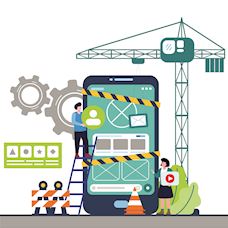
Navigating the rise of technology in construction
In this article we’ll dive into the booming world of smart construction technology, exploring the innovations driving the change and what the future looks like for the industry.
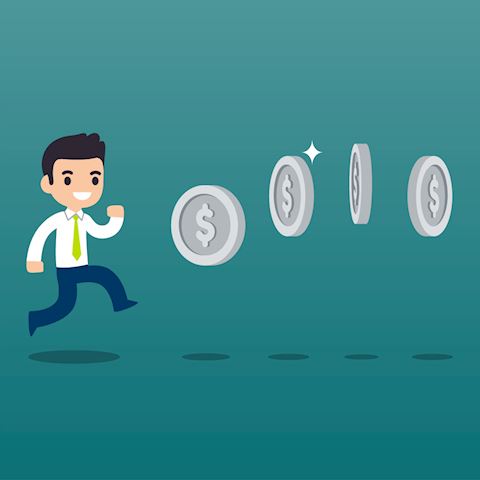
Gamification may sound intimidating and new, but it has actually been around for a long time. Chances are you’ve engaged with it. Very common in the B2C world, gamification is simply using game-style or interactive techniques as an incentive to gain engagement, make the user feel valued, and potentially spend more. The element of interaction and fun can create more positive and memorable experiences, encouraging audiences to interact time and time again. It is becoming increasingly popular as an effective tactic in B2B marketing, to educate and engage, helping to capture leads.
The popular coffee chain Starbucks has used a successful method of gamification for years: the ‘stars’ loyalty programme. Customers use a loyalty card (or mobile app) to collect a star every time they make a purchase. Once they’ve collected X amount, the customer will be rewarded with a free product. Plus, users get the chance to level up once they’ve unlocked a certain number of stars. The star ‘reward’ cards provide a physical aspect for customers to see and feel, which mentally rewards them for making a purchase. This also gives customers the motivation to keep collecting, which translates to making another sale for the business. Loyalty card and point schemes are one of the most used and popular forms of gamification today, and those using loyalty programmes are 62% more likely to spend more on the brand.
Gamification has been around for decades. For example, in 1981 the airline American Airlines introduced its first ‘AAdvantage programme’, which used points in exchange for upgraded or free flights or hotel rooms, to persuade customers to continue to fly with them. As time went on, we really started to see gamification as a staple marketing technique that’s here to stay, with digital capabilities giving it new ways to be reinvented. For example, eBay’s bidding system was a pioneer in e-retail gamification, where sellers also get to level up in status. Now, in 2021, millions of people and businesses engage and use it every day and it’s only increasing. In fact, the global gamification market is estimated to increase from $9.1 billion in 2020 to $38.42 billion by 2026.
Gamification is now embedded in nearly everything we do, a huge reason for this is the continuous rise of mobile phones and their software. Most apps now have an element of gamification. Social media has embedded elements of it into its platforms, allowing users to promote their business or shop through interactive polls, quizzes, and the rise of competitions. Gamification is now a marketing staple, especially if you want your business to stay current.
The science behind gamification works via the human subconscious, which is why it’s such a great marketing and learning tool - because users are not necessarily aware of how it’s influences them. When rewarded by acknowledgement, prizes, involvement or a winning score, audiences feel they are benefiting something extra from their custom and it sparks increased loyalty to a specific brand or business.
Therefore, they can feel motivated to engage with the brand more. This prompts them to return after having a positive experience, due to the release of dopamine (the feel-good hormone) that can be triggered when receiving rewards, which makes people want to do it again and again – this can be great for good feedback and reviews for your business.
So, how exactly can your B2B business benefit from implementing gamification in your marketing strategy? Well, here are just a few of the many benefits it can bring.
Gamification is all about engagement and involvement and usually, it will either have an element of fun, or a reward system that makes participants feel good and want to do it again. This then, is a great way to entice new business. Meeting a new client? Have a presentation to pitch? Using gamification elements in your presentation could pique their interest and keep them engaged. Use it in your social media campaigns too, for when potential new businesses are scouting out companies.
Internal engagement
Gamification works really well for B2B employees. According to financesonline.com a staggering 85% of employees are shown to be more engaged with their work and the business they work for when gamification is used. It’s a remarkable method to be able to teach, reward, and retain your team. It’s also often successful in gaining real-time insights, not only from customers or clients (surveys and feedback) but also from your team or for them to see how well they’re doing and possibly how they can improve. Great for managers planning reviews or team KPI’s. Equally great in planning improvements for the business overall.
Modernisation
Gamification is also a great tool to use to keep your business current. This goes for engagement with customer and client audiences, as well as keeping your staff motivated and engaged. Businesses can’t succeed if they aren’t willing to evolve. Using gamification is both a fun and a more subtle way of implementing changes in ways that are matched to workers abilities, and ensures the business stays current for all audiences.
Audience engagement and retention
An easy and great tool for sharing and advertising, gamification can be very beneficial for getting your social media profiles seen and engaged with. Due to the science behind gamification, it is proven to help keep people coming back to re-engage. This can be useful in retaining your social following and client engagement.
It’s worth noting that although gamification is a great marketing tool, like with any technique, you need to plan it so it’s relevant to your specific business needs. Firstly, consider whether is it clear and easy to use? Is it to be positioned at external audiences or your internal team, or perhaps both? Will it increase sales? Or is it being used to increase website traffic? Will it be used to train staff or to give them a more fun experience at work? Ensuring that the particular gamification element you’re using works towards your targets and business goals is essential. Its progress and usage need to be monitored and tracked closely to make sure it’s performing as best as it can.. Otherwise, no matter how fun it may be, it could be wasting resources, time and money that could be better spent in other areas of your business.
For the ultimate gamification experience, where budget allows, you can create computer-styled games designed to relate to your business and the outcomes you wish to support. For example, one of Clear’s global safety clients used virtual reality, drawn from the gaming world to demonstrate its leading fall protection systems at shows. However, there are other ways to implement gamification techniques on a lower budgets, such as…
Clear’s conclusion
Don’t be afraid to get creative with gamification, that is after all what great marketing is all about. There are many different forms of gamification you can implement to increase your brand awareness, interest and loyalty.
There are also plenty of platforms that can create in-app games, spinners, or leader board-style graphics for you these days. And it needn’t be too expensive or overly difficult.
Gamification is a great learning and marketing tool that’s increasingly evolving. If you’re looking to be more successful than ever in 2022 and beyond, then give gamification a spin. It doesn’t equate to just a game, it can be a game-changer.
Would you like help to plan gamification into your marketing strategy or to implement it? Contact Principal Director, Rachel Arquati at r.arquati@clearb2b.com / 01285 626000.



In this article we’ll dive into the booming world of smart construction technology, exploring the innovations driving the change and what the future looks like for the industry.
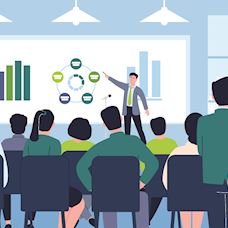
Learn how to use presentation opportunities as an effective lead-generation tool in your trade show activity.
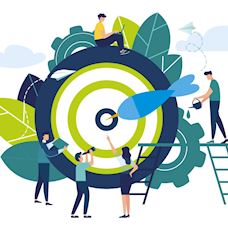
Great marketing success comes from keeping your communications focused, engaging and simple to ‘get’ - but that isn’t always so simple to achieve.
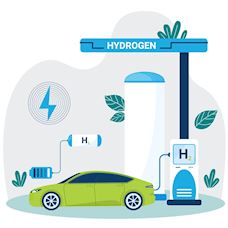
With multiple types of technologies being considered, we bring you a snapshot of alternative fuels and review the most prominent pros and cons for each one.